The Solo Travel Guide
A Solo Adventure. There’s something quietly revolutionary about stepping out into the world with a single suitcase and an open...
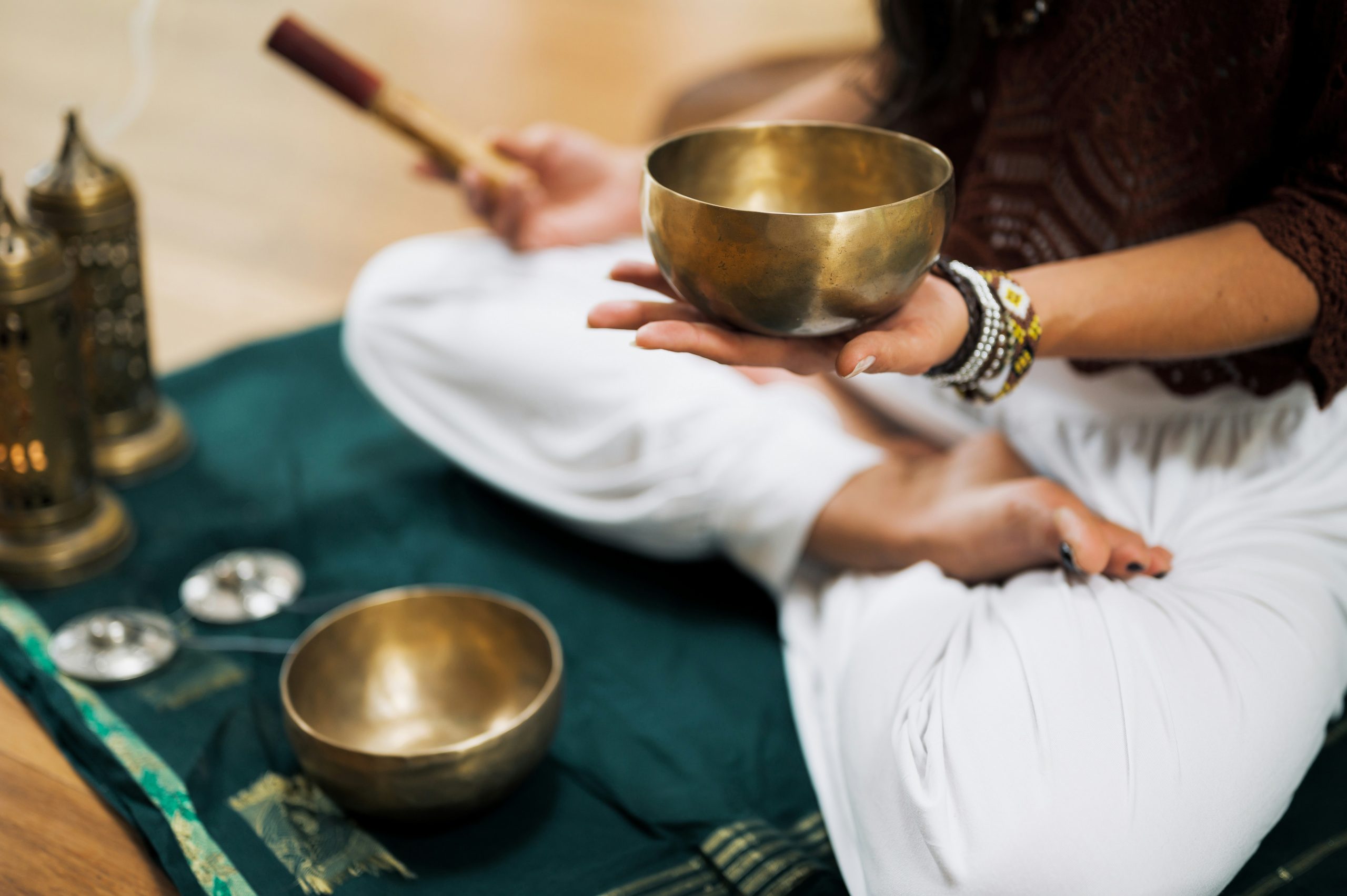
|
Getting your Trinity Audio player ready...
|
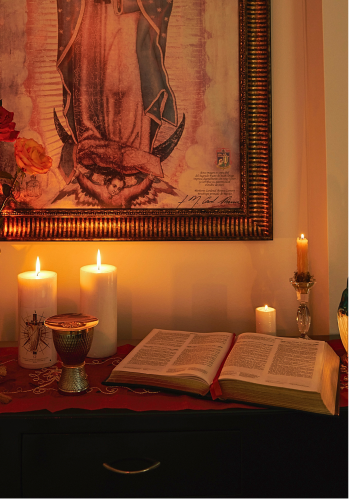
As human beings, we are creatures of habit. We create routines to bring structure, whether it’s our morning cup of tea, an evening walk, or how we arrange our homes. In the same way, setting aside a dedicated space for meditation, journaling, and spiritual practice can help cultivate a sense of consistency and peace.
For years, I have had a small space in my home where I begin my mornings in quiet reflection. It’s nothing extravagant—just a simple altar with a candle, a few meaningful objects, and my journal—but it has become an anchor in my life. Each morning in this space, I feel a sense of familiarity, a gentle cue that it’s time to turn inward.
Creating a personal altar is a practice that spans across cultures and traditions. Whether used for prayer, meditation, or simple moments of stillness, a worship altar can serve as a tangible reminder of what matters most. In this article, we’ll explore the history and significance of altars, the benefits of having one, and how you can create a sacred space that reflects your journey.
Altars have existed in nearly every spiritual tradition throughout history. They serve as a bridge between the material and the sacred, offering a space to pause, reflect, and connect.
While the form and function of altars may differ, they all share a common purpose: to provide a sacred space for connection, whether to a higher power, nature, ancestors, or the self.
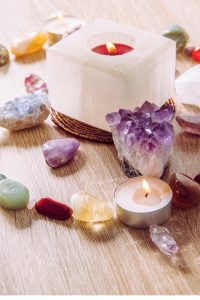
A personal altar can serve many purposes, offering both practical and spiritual benefits:
By intentionally setting aside space for stillness, we create an environment that nurtures our physical and emotional well-being. Create a Personal Worship Altar.
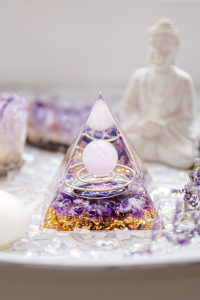
Your worship altar doesn’t need to be large or elaborate. It can be as simple as a small table, a windowsill, or a corner room. The key is to find a spot where you feel comfortable and undisturbed.
Consider placing it somewhere that aligns with your routine—perhaps in a quiet corner of your bedroom, near a meditation cushion, or even outdoors if you enjoy being in nature. The goal is to create a space that invites you in and makes it easy to return to your pre.
What you place on your altar is entirely up to you. Here are some elements to consider:
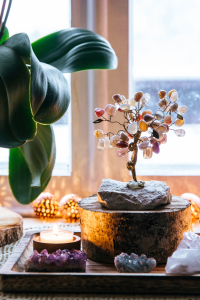
An altar is more than just a collection of objects—it’s a space infused with meaning. Take a moment to carefully arrange your offering and know why each item is there. You might even bless the space by lighting a candle, praying, or writing down an intention.
Your altar can evolve. People refresh their space with the seasons, while others rearrange it based on their growth and changing needs.
An altar is most potent when it is used consistently. Here are some ways to incorporate it into your daily life:
By making ng to your altar, you build a ritual that nurtures your spirit and deepens your connection to yourself.
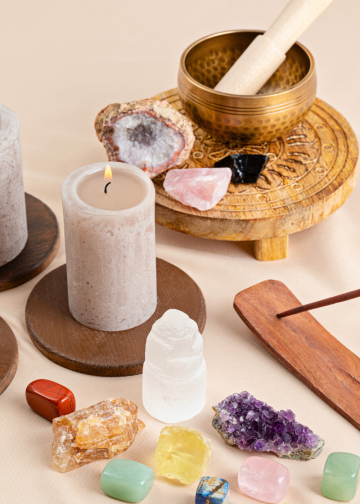
A personal worship altar is an invitation to pause, reflect, and reconnect. It is a space that holds your intentions, wisdom, and actions.
There is no right or wrong way to create an altar—it is a deeply personal expression of what brings you peace and meaning. Over time, it becomes a sanctuary, a place to return to again and again, offering comfort, stillness, and renewal.
If you’ve never had an altar before, I encourage you to experiment with creating one. Let it be a reflective journey, a space that reminds you to breathe, to be present, and to honor the sacred in everyday life.
Photo © Kenen Olgun via canva.com
Photo © Fotohelin via canva.com
Photo © Helin Loik-Tomson via canva.com
Photo © Kevin Malik via canva,com
Photo © Los Muerto Crew via canva.com
Photo © Frank Tokvoglu via canva.com
A Solo Adventure. There’s something quietly revolutionary about stepping out into the world with a single suitcase and an open...
Let Your Hands Get Dirty. Each spring, as the days longer and the air softens with possibility, I find myself...
Your Natural Beauty: Beauty is not a fixed ideal—it is a luminous quality that evolves with us. The secret to...
Personal Expression: Fashion is an ever-evolving expression of who we are. Over the years, we’ve seen trends come, go, and...
Feng Shui Principles: Feng Shui, an ancient Chinese practice, is centered around creating harmony between individuals and their environment. Rooted...
My Style: Our look is more than fabric on our skin—it expresses who we are. Our wardrobe choices can communicate...
© 2025 Slow Harvest Yoga